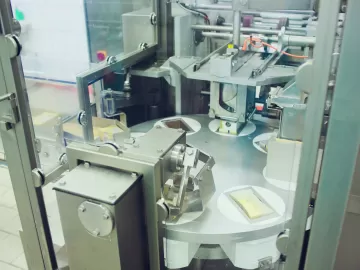Defining the Purity of Facility Generated Nitrogen Gas
While oxygen is unquestionably the most important gas in our atmosphere, as it is essential for most animals and human life, nitrogen is the most widely used atmospheric gas. Nitrogen is the go-to gas for countless industrial, medical, and scientific applications. This is because nitrogen is in vast supply, inert, and possesses the desirable characteristics of being colorless, odorless, and tasteless. The purity of nitrogen significantly affects the outcome of the application for which it is used and how the industry measures the purity of nitrogen gas is the focus of this article.




